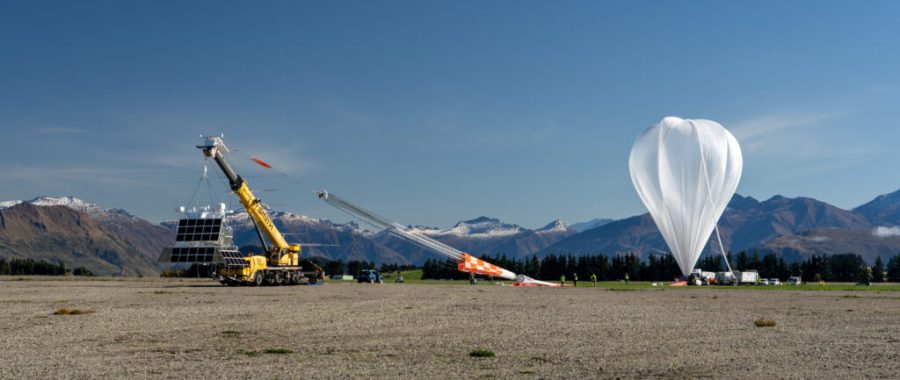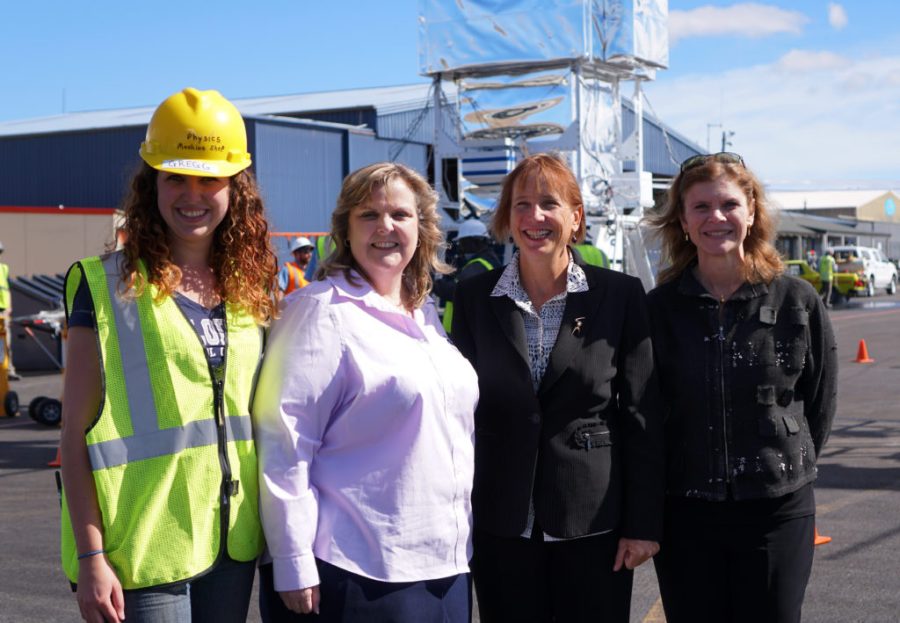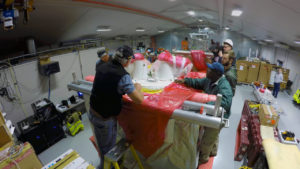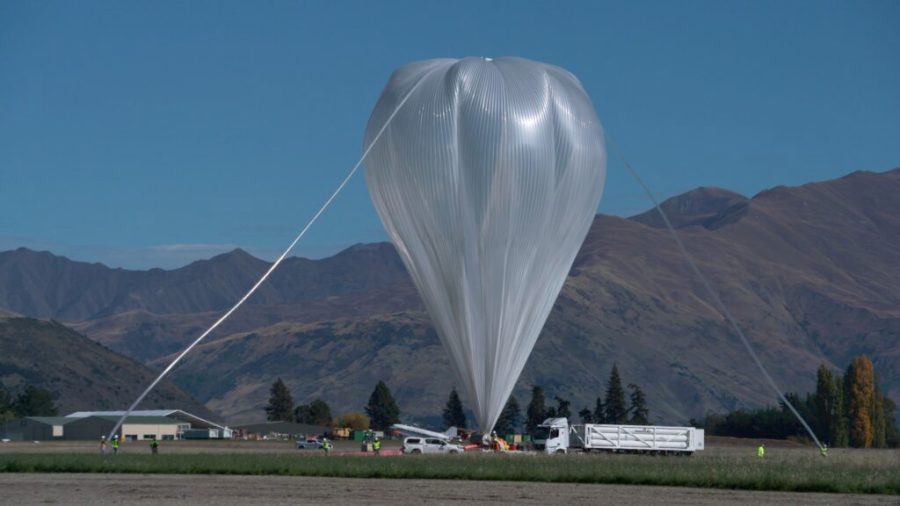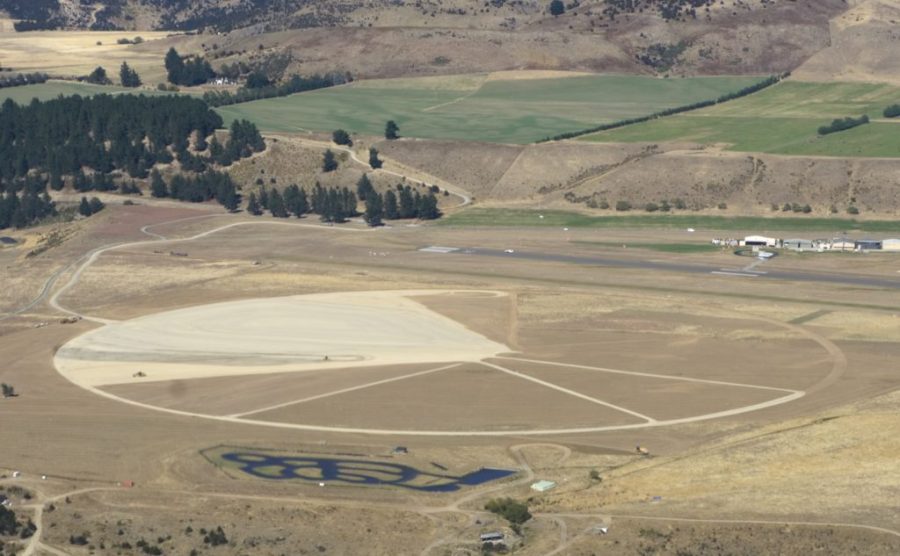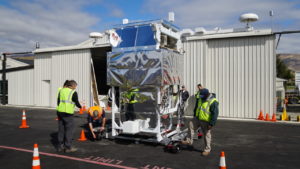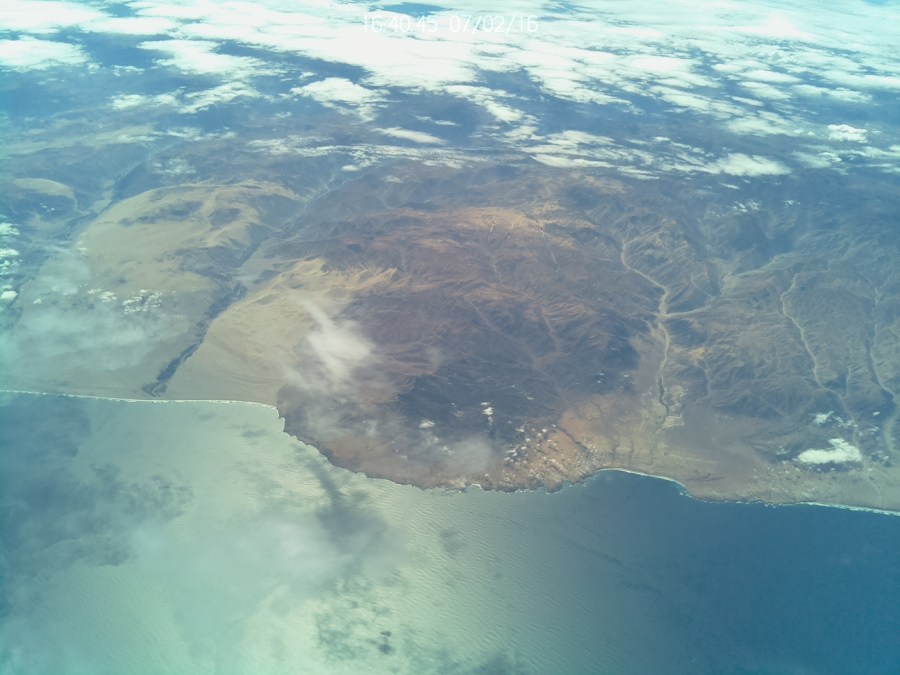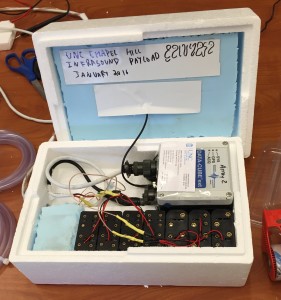NASA's next super pressure balloon (SPB) mission out of Wanaka, New Zealand, is enabling a pioneering method for studying high-energy cosmic rays from space using a detector looking down on the Earth's atmosphere. The Extreme Universe Space Observatory on a Super Pressure Balloon (EUSO-SPB) is a mission of opportunity flying on the 2017 SPB test …
Balloon-Borne Science Instrument Uses Earth’s Atmosphere to Detect Cosmic Rays
